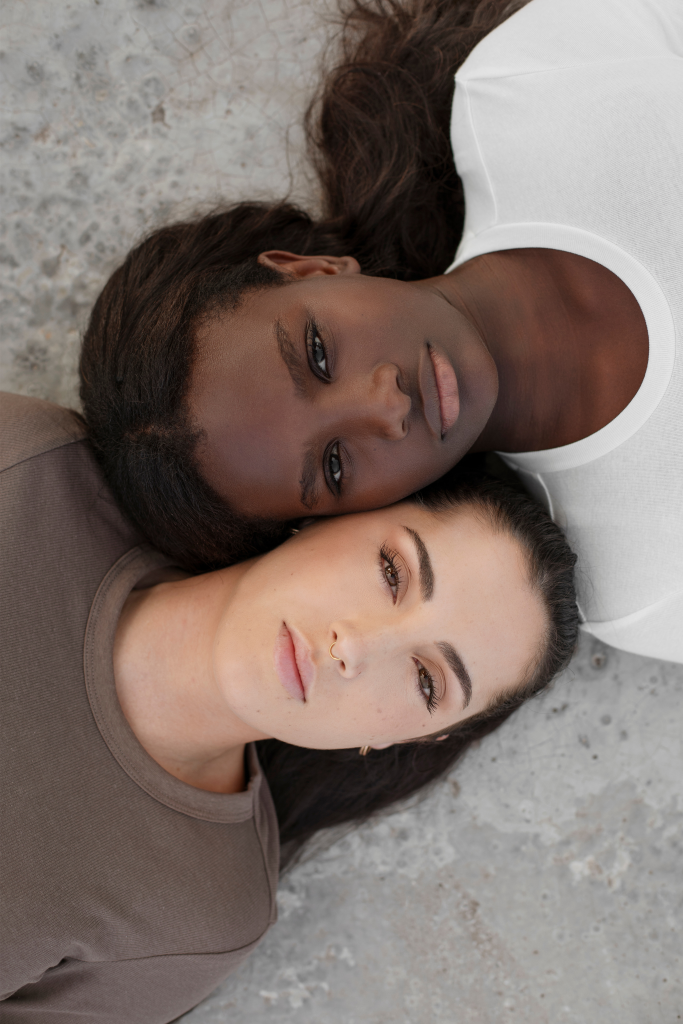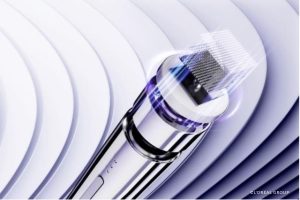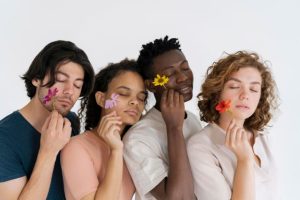
When Diversity Becomes a Performance Driver
The numbers speak for themselves: 53% of black consumers report having difficulty finding beauty products suitable for their skin tones. In a world that will have nearly 8.5 billion inhabitants by 2025, this statistic reveals the scale of the challenge but also the immensity of the untapped potential.
The impact of Fenty Beauty in 2017 remains a “textbook case. By offering 40 foundation shades from its launch, Rihanna’s brand not only revolutionized industry standards but also demonstrated that diversity is not just a matter of” ethics: it’s a growth lever. Today, ranges “extend up to” 50 shades, and this evolution is becoming the new norm.
McKinsey studies confirm it: companies promoting cultural diversity are 35% more likely to achieve superior financial performance. Emerging markets, which will represent nearly 50% of global consumption by 2025, perfectly illustrate this dynamic.
Beyond Shades: a Global Redefinition of Beauty
The Emergence of Gender Neutrality
The transformation doesn’t stop at colors. The evolution of social representations of gender is paving the way for a new generation of unisex products. Brands like Milk Makeup or Aesop are now developing ranges designed for everyone, responding to a growing demand: 72% of American men aged 18 to 34 now incorporate makeup into their routine.
Age Reinvented
The sector is gradually abandoning the “anti-aging” discourse in favor of the concept of “well-aging”, which celebrates aging as a natural and beautiful process. Brands like Look Fabulous Forever, aimed at women over 50, illustrate this new approach by offering products that enhance rather than conceal.
Accessibility, a Neglected Market
With 1.3 billion people with disabilities worldwide, accessibility represents a largely untapped segment. Pioneering brands like Guide Beauty are rethinking product ergonomics, while innovations like Estée Lauder’s VMA application use AI to help blind or visually impaired people check their makeup.
Technology at the Service of Inclusion
Artificial intelligence and augmented reality are transforming the beauty experience by allowing advanced personalization. La Roche-Posay’s SPOTSCAN+ tool, which analyzes skin condition using over 6,000 scientific images, illustrates this technological revolution.
The figures are telling: consumers receiving personalized recommendations are 76% more likely to make a purchase. Moreover, virtual try-ons reduce product returns by 64%, combining commercial performance with positive environmental impact.
Cultural Inspiration: between Opportunity and Responsibility
The cosmetic market is enriched by global ancestral practices. Ingredients like African marula, Korean ginseng, or Amazonian guarana bring authenticity and innovation. However, this approach requires deep respect for the communities of origin and honest, educational narratives.
New Generational Expectations
Younger generations, particularly Generation Z (40% prioritize diversity in their beauty purchases), are no longer satisfied with superficial diversity. They demand real and authentic commitment, not hesitating to “cancel” brands that don’t respect their values. The Youthforia scandal, with its foundation unsuitable for dark skin, illustrates the risks of a superficial approach.
A Business Imperative for the Future
The evolution towards inclusive beauty is not just a response to societal expectations: it’s a sustainable growth strategy. By celebrating uniqueness and valuing cultural roots, the cosmetic industry is redefining global standards while strengthening its relevance.
For brands, the challenge is clear: those that can meet expectations in terms of representation, accessibility, and personalization will have a decisive competitive advantage. This change implies a global overhaul of practices, from R to communication, including distribution.
In a constantly evolving market, inclusion thus becomes the new paradigm of the beauty industry: a strategic imperative that transforms societal challenges into sustainable business opportunities.
Source: https://arbelle.ai/wp-content/uploads/2024/10/Report-State-of-Inclusivity-in-Beauty-Arbelle.pdf









